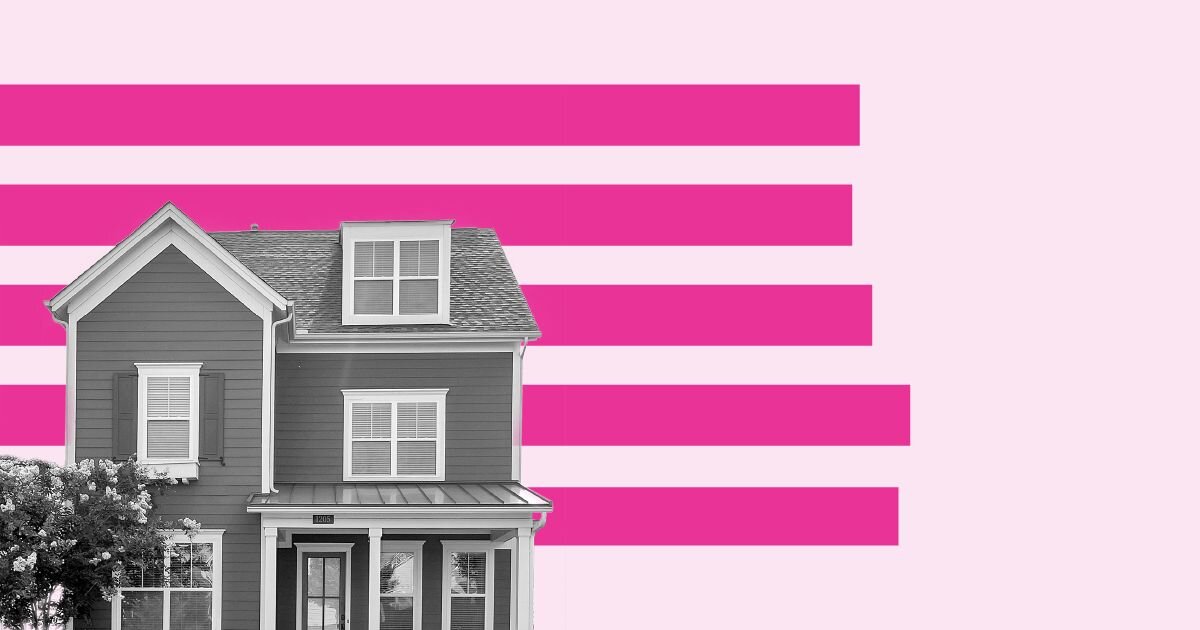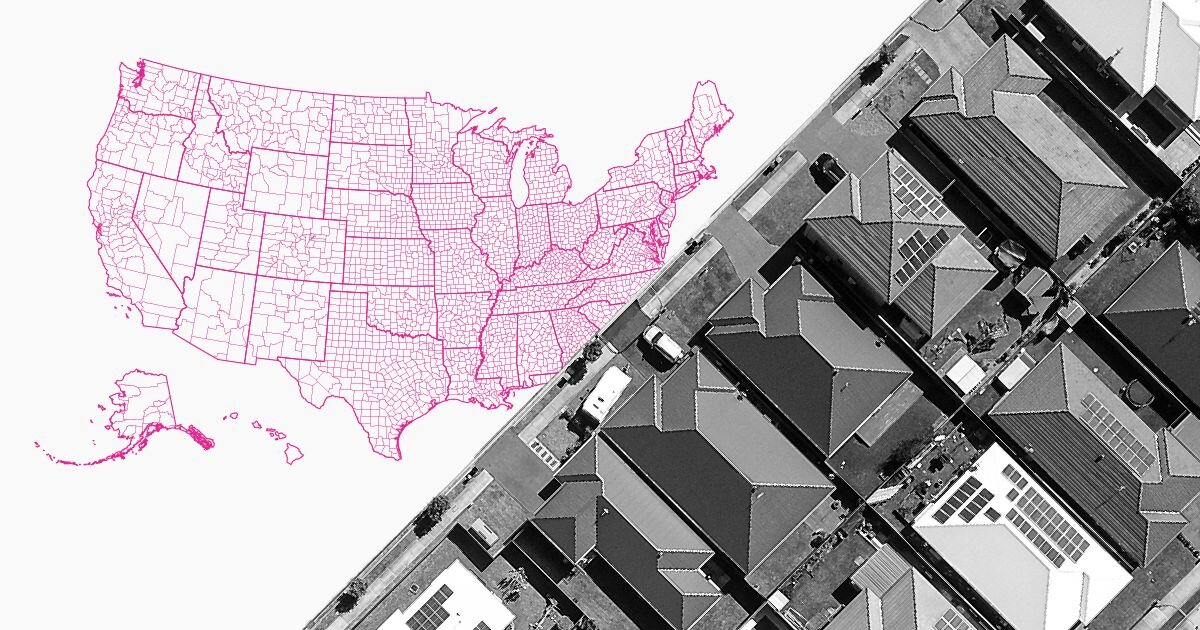Fifty-two percent of renters and 23% of homeowners were housing-burdened in 2022, according to the Census Bureau. Both figures are lower than they were in 2010 but higher than they were in 2019 and 2021.
How much of one’s income should go toward housing?
The Department of Housing and Urban Development considers those who pay more than 30% of their income on housing to be “housing-burdened.” The department recommends having at least 70% of income available for expenses beyond housing.
Subscribe to get unbiased, data-driven insights sent to your inbox weekly.
Which states have the most housing-burdened renters?
In every state, the percentage of housing-burdened renters was higher than that of housing-burdened homeowners. Florida had the largest share of housing-burdened renters in 2022, with 60.3% of the state’s renters paying more than 30% of their income toward rent. North Dakota had the lowest share at 39.4%.
Which states have the most housing-burdened owners?
California and Hawaii had the largest shares — nearly a third of homeowners in each state — of housing-burdened homeowners in 2022. California had the largest share at 31.1%.
West Virginia had the smallest share of housing-burdened homeowners at 14.2%.
Overall, the cost of homes has outpaced wage growth over the past decade. The cost of homes has increased by 74% and wages by 54% between 2010 and 2022. The gap between wages and home prices varies across the country. In Texas and Florida, home prices grew more than twice as fast as wages.
For more data on the housing market, check out the America in Facts 2023 report, and sign up for our newsletter.
Related economy articles
Read data analyses written by the USAFacts team.
Page sources and methodology
All of the data on the page was sourced directly from government agencies. The analysis and final review was performed by USAFacts.
Census Bureau
Selected Housing Characteristics



